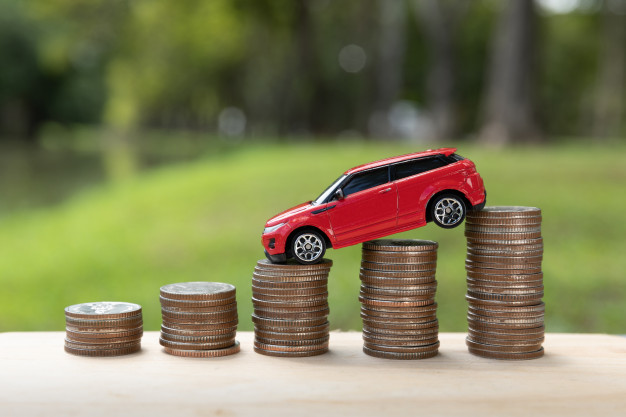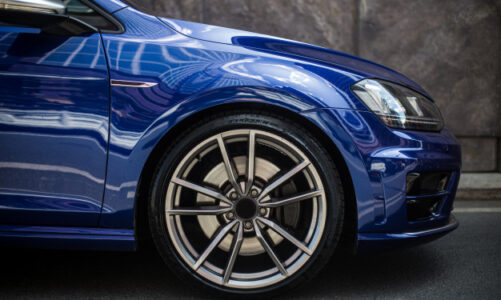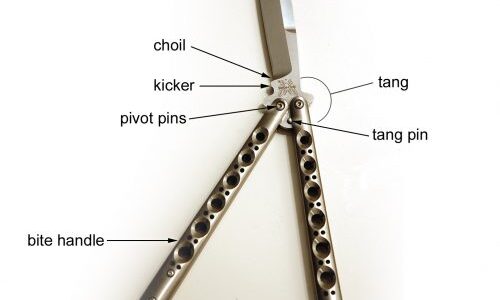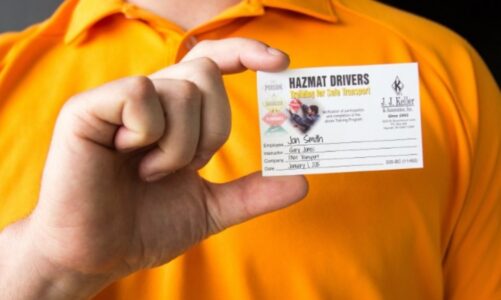“The secret of life is honesty and fair dealing. If you can fake that, you’ve got it made.”– Groucho Marx
Long gone are the days when the owners of well-tended classic cars would lovingly pass down their vehicles to younger family members, making them lifelong family heirlooms.
These days, it’s harder to form the same emotional attachment to your 2002 Saturn Ion as your grandfather did to his 1957 Chevrolet.
When you want a new car in the 21st century, you trade in your old one. When you’re ready to let go of that old clunker and trade it in for a sleeker new model, you need to be prepared.
You want the best deal, but it’s in the dealership’s best interest to short-change you.
With today’s troubled economy in the state it is in, your hard-earned money is more valuable to you than ever.
Need to know how to get the best value on your car trade-in? Follow these three simple tips and you should have no problems getting the best return on your investment, and the biggest jump on paying off your new vehicle.
1. Know the true monetary value of your car
– You may adore your 1998 Ford Focus. You may have even given it a nickname. To part with it for less than $8000 may seem like sacrilege to you.
But the actual market value of your car may be far less (or, perhaps, far more, if you’re lucky). It’s important to know this actual number before going in to negotiate with the dealership.
To get an accurate figure, you’ll need to do some research. To find out the value of your car trade-in, you can use a car pricing guide available online. Under “Used Cars,” you can look up your old vehicle by its year, make and model.
You’ll also need to enter in your zip code to get information specific to your area. You’ll also need to enter your car’s mileage and any optional equipment (such as power doors or windows) that you had installed when the car was new. Once you input all this information, the website will ask you about your car’s condition.
Dealerships evaluate cars based on their condition using four basic categories (Excellent, Good, Fair or Poor). Read the guide’s description of each category carefully and be honest.
Rust spots, cracks in the windshield, heavy mileage, and worn tire treads all decrease the value of your car. Fewer than 5 percent of all cars on the road now fall under the “Excellent” category. Your car is probably in “Good” or “Fair” condition. Once you’ve determined the best value on your car trade-in, print out the results and take it with you to the dealership.
2. Fix her up!
– Many of the items that hurt a car’s rating you can easily fix yourself, even if your car’s engine is a strange and mysterious place to you. Simple things like cleaning out the interior, using a fabric freshening spray (such as Febreeze) to remove any strange smells, and replacing any burned out lights on the interior or exterior of your vehicle can make a huge difference.
Check your local auto-parts store for repair kits that will help you take care of any minor dings in the paint job or dents in your car’s body. Replace minor parts such as air filters or spark plugs. Go ahead and change the oil.
Give the old girl a good cleaning and polishing inside and out to really make her shine. But don’t bother with major repairs, unless you can have a friend or family member do it (or do it yourself) on the cheap. Any large monetary investment is unlikely to increase the trade-in value enough to make it worth your while.
3. Haggle with confidence
– You’ve prepared yourself with information regarding the true value of your car, and you’ve made the car itself as presentable as you can. The time has come to take the car into the dealership and make your move. Remember that it’s in the dealership’s best interest to attempt to make you take the lowest offer possible. Be prepared to negotiate.
First, a salesperson will examine your old car and give you an estimated value after consulting with a manager. Their initial offer will be lower than the value you found at the Kelley Blue Book website, which is why you need to bring the printout of the estimate with you.
But be aware that with the current economy many dealerships have more trade-ins that they can handle, and they may not be able to give you the price you want. Be firm but realistic. You may have to accept slightly less.
Nothing compares with the joy of driving a brand-new car for the first time. Now that you know how to get the best value on your car trade-in, you can get a better deal on a shiny new car than you thought possible. So, stop dousing your car’s interior with new car smell as a cheap substitute for the real thing. It’s time to truly enjoy that open road.




